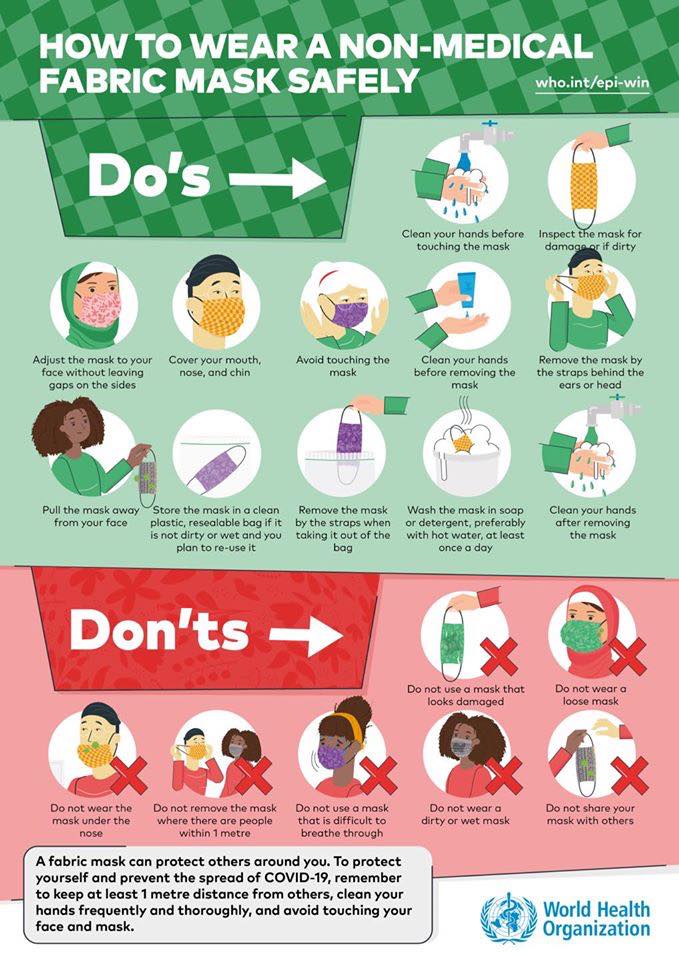100% opinion.
Having had some experience with many types of masks over the past two weeks my conclusion is none of them tick all the boxes in the hands of a mere mortal.
The N95 washables would need to be washed daily, sanitised every time taken off and on, and the filter replaced; the single use ones have variable air valves, some easier to breath through than others and some are larger than others. Like trying to buy clothes that fit properly.
The surgical type is for ‘surgical splashes’, eg blood, liquids, and droplets, not so much a virus. They tend to be more generously sized on average and are more comfortable as they are compliant to the face.
Single uses are roughly $1 per. Need a new one each time one ventures out or just one per day? In these times it might be best, but I doubt everyone will or could afford 7 or more masks per week moving forward. Even those who could are likely to be caught out from time to time.
Multilayer washables are all over the place. None of those I tried have snugged around my nose properly. A problem with all of them is the strip to conform to the nose is often not strong enough to do that job properly.
None fit me 100% securely although some (of each type) are better than others. Those of us with larger noses have problems those with smaller noses do not. If we wear glasses they fog as often as not unless the top edge is well sealed - not always so easy to accomplish. Some of them fit OK when the ear straps are Very Snug but not so well if not Very Snug. Wear hearing aids? They can make it difficult to get the ear straps snug and in plane to get the mask right.
Close enough might not be good enough to stop the virus, but it is likely what most of us achieve most of the time.
Conclusion. Make your best effort and if your chosen mask seals reasonably well around the edges, in a practical sense it is probably (my opinion) going to do the best job for ‘you’ that can be expected as an imperfect human, unless you are paranoid about each and every on-off-sanitise-wash every time, never to be missed.
So testing? I doubt it would be a test of more than the filtration and mask material for permeability and protection afforded by the materials. ‘Testing’ fit? Each of us is different. Testing seal around the face? Each of us has a different facial shape beyond round, square, oval, and so on. Beyond a buyers guide I am not sure how to test for consumers in a meaningful way would be easy or possible.
A bit cynical? But that is where I am.
